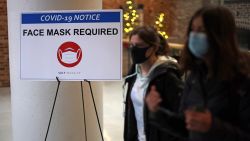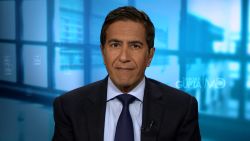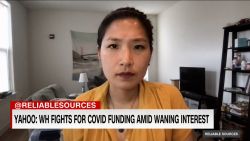It took just under two weeks.
That’s how quickly the nearly $350 billion allocated for forgivable small business loans in the Paycheck Protection Program was depleted.
Participating lenders had predicted the swift exhaustion of funds because they already had tens of thousands of small businesses waiting to apply once the first-come first-served program launched on April 3.
Here’s what small business owners need to know now:
Congress will likely add more money to the PPP loan fund
They are still at loggerheads, but lawmakers are likely to add money to the PPP loan kitty. How much? Talks have centered on another $250 billion. But it’s not clear when that money would be added.
And lenders and small business advocates say it’s still not enough. Roughly $1 trillion all-in may be what’s needed for the loan program to satisfy the outsized need in the wake of the coronavirus crisis, said Richard Hunt, president and CEO of the Consumer Bankers Association, in a media call Wednesday.
The SBA can’t accept any more applications right now
In the meantime, the Small Business Administration told lenders Thursday morning that it nowwill be unable to accept new applications or enroll new PPP lenders in the program.
Participating lenders still have a long line of submitted applications from small businesses that have not been approved yet. “We have AT LEAST ONE MILLION small businesses who will not receive loans because the fund is depleted,” Hunt tweeted Thursday.
Those businesses should check with their lenders to find out whether they will continue to at least process the applications to the extent they can even if they can’tbe funded right now.
For instance, Wells Fargo said Thursday, “We will continue to prepare applications in our existing pipeline from small and mid-size businesses and will submit them to the SBA when funds become available.”
Consider applying anyway
As for small businesses that haven’t applied yet, John Arensmeyer, CEO of Small Business Majority, advises them to do so anyway on the theory that more money will be added to the PPP loan fund.
Despite the program’s flaws – including a lending process that has been plagued with delays and confusion, and banks that for legal reasons chose to give priority initially to their existing customers – it’s still the best option available from the federal aid package, Arensmeyer said. The money would not need to be paid back if it’s used to cover eight weeks of payroll expenses and some overhead.
Arensmeyer also recommends small business owners call their congressional representatives and senators to urge them to add more money to the program swiftly.
Seek out free resources and research other aid options
Businesses might also continue to research private aid resources in their communities and explore business aid programs provided by their state.
Beyond that, for the millions of small businesses that can’t afford to hire lawyers and business strategists to help them navigate this disaster, here are four free resources offering expert consultation and other support.

























